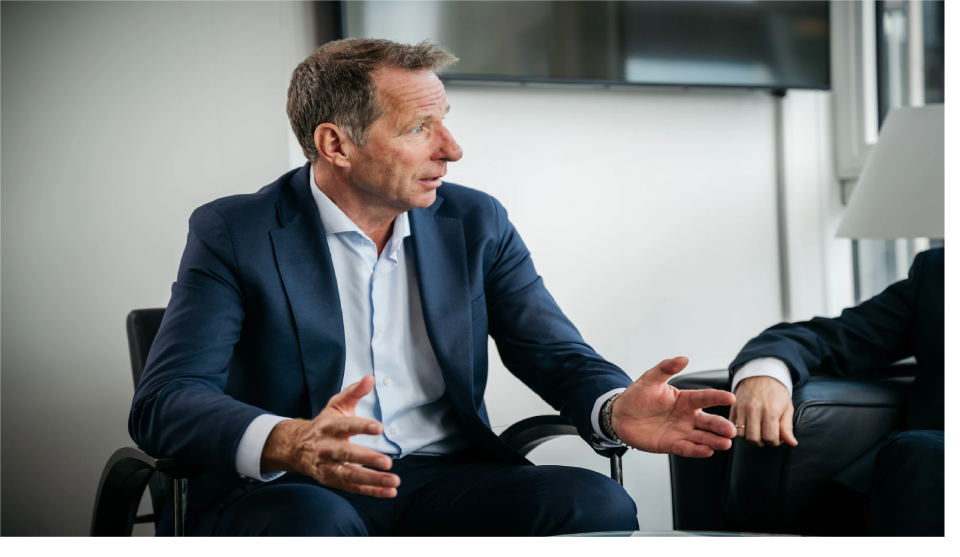With Ejekwu Chidiebere
“Amid escalating geopolitical tensions, shifting tariffs, and economic uncertainty, energy companies must respond strategically – balancing near-term risks with long-term positioning to capture value in a volatile opportunity-rich market.”
Jarand Rystad, CEO of RystadEnergy takes a constructive swipe at the vicissitudes now staring the global energy industry at the face in this interview:
The world is currently in the grasp of vast turbulence and uncertainty amid a wide-sweeping flurry of tariffs introduced by the US, and with numerous deeply entrenched conflicts around the globe that could go from bad to worse at any given time. How would you advise players in the energy industry to make strategic adjustments under the shadow of such a complex and volatile business environment?
These are indeed turbulent times. Global GDP growth this year could drop from previous forecasts of around 3.3% to only 2.5%, or perhaps even lower, given the slowdown in investments caused by economic uncertainty. With that, energy demand growth will also decline. At the same time, production capacity is still poised to expand significantly this year across multiple energy sources, including oil, gas, coal, nuclear and renewables. Thus, energy prices will be under pressure.
For energy companies, this is both a threat and an opportunity – a threat for revenue and cash flow, but an opportunity for cost-cutting and acquisitions of attractively-priced energy assets. Companies should clarify what kind of player they want to be in 2030 and beyond. Then they should make a roadmap for how to get there, including a wish list of organic and inorganic initiatives that could be taken – proactively or opportunistically – in this turbulent market.
How are the recent financial and geopolitical upheavals impacting the future of energy? Is the so-called energy transition effectively on hold?
It is true that the focus in the energy market right now is on current events and traditional energy. Still, around $1 trillion has been committed to new energy investments in 2025, thus eclipsing investments in traditional energy. Interestingly, thermal generation in China was down by 4% in the first quarter, marking the first drop since the Covid-19 outbreak, showcasing that low-carbon electricity is now growing faster than the total power market. This in turn means thermal generation faces a decline in the world’s largest power market. However, zooming out to a global view, many projects within wind, hydrogen and carbon capture have been put on hold, awaiting policy signals and cost compression. This, again, could represent opportunities for the right players.
With such challenges and risks on all horizons, how do you – on a personal level – find balance and peace of mind?
After long flights and meetings all over the world, I appreciate any opportunity to get out in the woods just outside Oslo, pursuing a unique sport called orienteering that I’ve enjoyed for decades. Running in the forest with a compass and a topographical map, finding control points in a given sequence as quickly as possible, but entirely based on my own route choice in the terrain. Very refreshing for mind and body!

